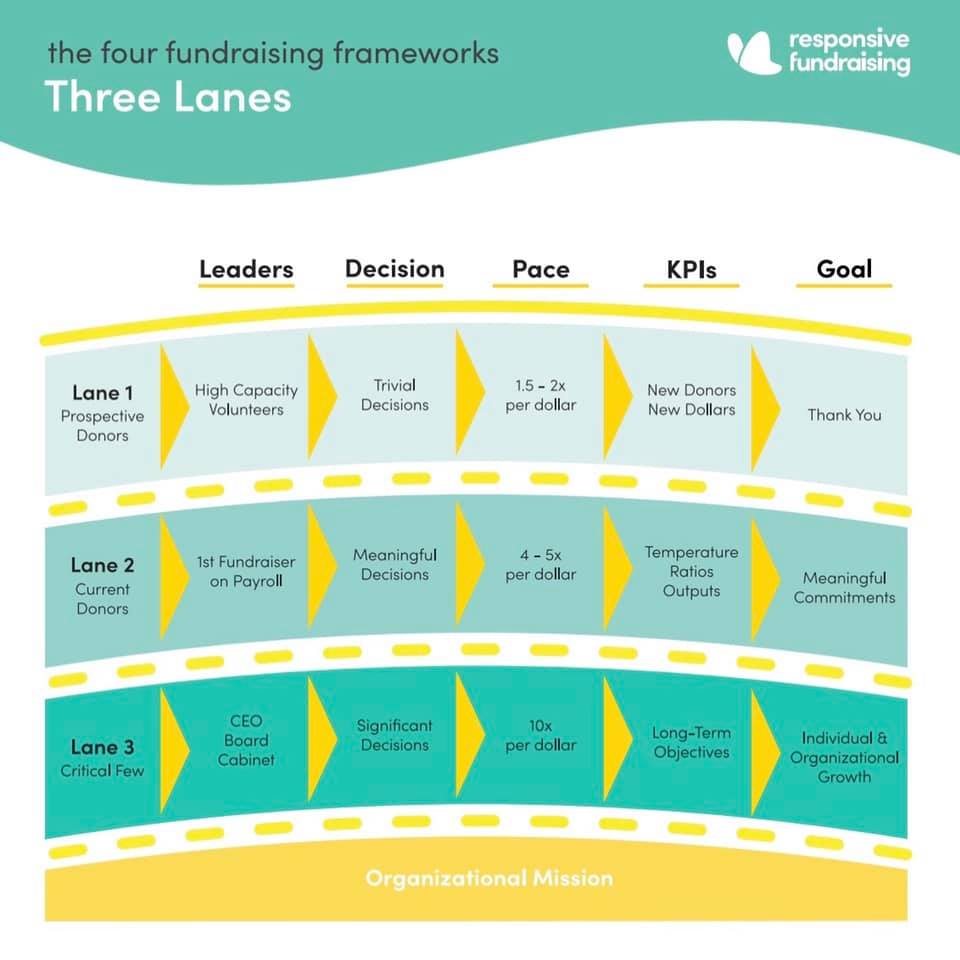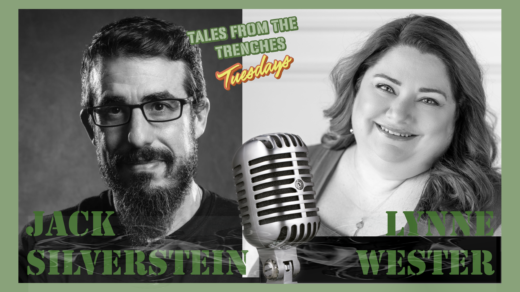
Despite what some people will tell you, fundraising isn’t easy — if it was everyone would be doing it! (It’s human nature to do certain things that are easier than others.) Some fundraisers take a mass approach (spray & pray) while others take a personal approach through engagement. I’m not saying that one method is better than the other (though being the type-A kind of guy that I am, controlling my outcomes works far better than praying most times). I contend that these are two totally different thought processes. A mature fundraising shop will have both of these strategies (mass vs individual) in their business plan as each of these work better with specific revenue streams.
There is always a disconnect between the number of donors and the amount of donations. The truth is that there is not an effective way to mass appeal donors at mid or high-level amounts. It just doesn’t work. It takes some hard work and a whole lot of time. As someone who always tries to work smarter and not harder, I would much rather procure a gift of $100,000 from one person than $100 from 1,000 people. So, the spray & pray mentality doesn’t work for the larger donors — rather it is predominately utilized in the entry-level donors, or those in Lane 1 as my good friend Jason Lewis preaches about:

Most of the mid to high-level donors choose to donate because of the relationship that they have with your organization and sometimes it is due to the relationship with the people it employs. It is fairly hard to have a meaningful relationship with donors through email. There are some rare exceptions to the argument.
My generation (Gen X’ers) still use email as a preferred method of communication. My younger colleagues and my children tell me (time and time again) that email is for old people. If that is the case, I guess I will have to adapt.
BUT
The people that I am soliciting funds from are often older than me, so email is a great tool to set up a face-to-face meeting. It is a means to an end (the meeting), not an end in and of itself.
The theory behind mass emails is one of volume. If you send enough people something, you will get a measurable response. Organizations are ecstatic when their mailers have a 2% response rate — spray & pray at its best. And clickthrough rates are treated as great if they are in the single digits. Where else is such a low mark acceptable?
Just because you can send out mass email appeals (now that the technology to do so is relatively easy to set up), it doesn’t mean that you should. Mass emailing should be reserved for impact reports (like newsletters, etc.) that are stewardship and not solicitation-based.
However, mass emails are the main source of donations in peer-to-peer fundraising. They are sent to warm prospects as opposed to a house list from the charity. (See, I told you there were exceptions!)
Furthermore
The hard cost of sending a mass email solicitation is relatively negligible (there may be some fees associated with your bulk e-mail provider). But what about the undocumented costs? Did you cull the list, looking for folks that have just donated so they are removed or are you sending an email appeal to a donor that just gave a sizeable gift? (By the way, I find it terribly irksome as a donor when an organization has the pre-emptive Please Ignore if You Have Already Donated phrase. Are they not paying attention?) Computers can do all of the heavy lifting for you, so there is no excuse to not have up-to-date information.
But, I digress. What is the cost of emailing donors? When emails are sent too frequently, you are going to wind up in the SPAM folder. Perhaps donors will start to ignore you. Getting lost in the shuffle with everyone else’s emails is a true risk of this practice. You can read my blog about my biggest pet peeve, Year-end emails if you would like.
As fundraisers, we are always playing the balance game — trying to find the best bang-for-the-buck as our boards and bosses are pushing for efficiency. In a profession that sees the greatest successes from relationships, I would caution you to think about the true cost of those email solicitations.
Until next week. L’chaim
jack




